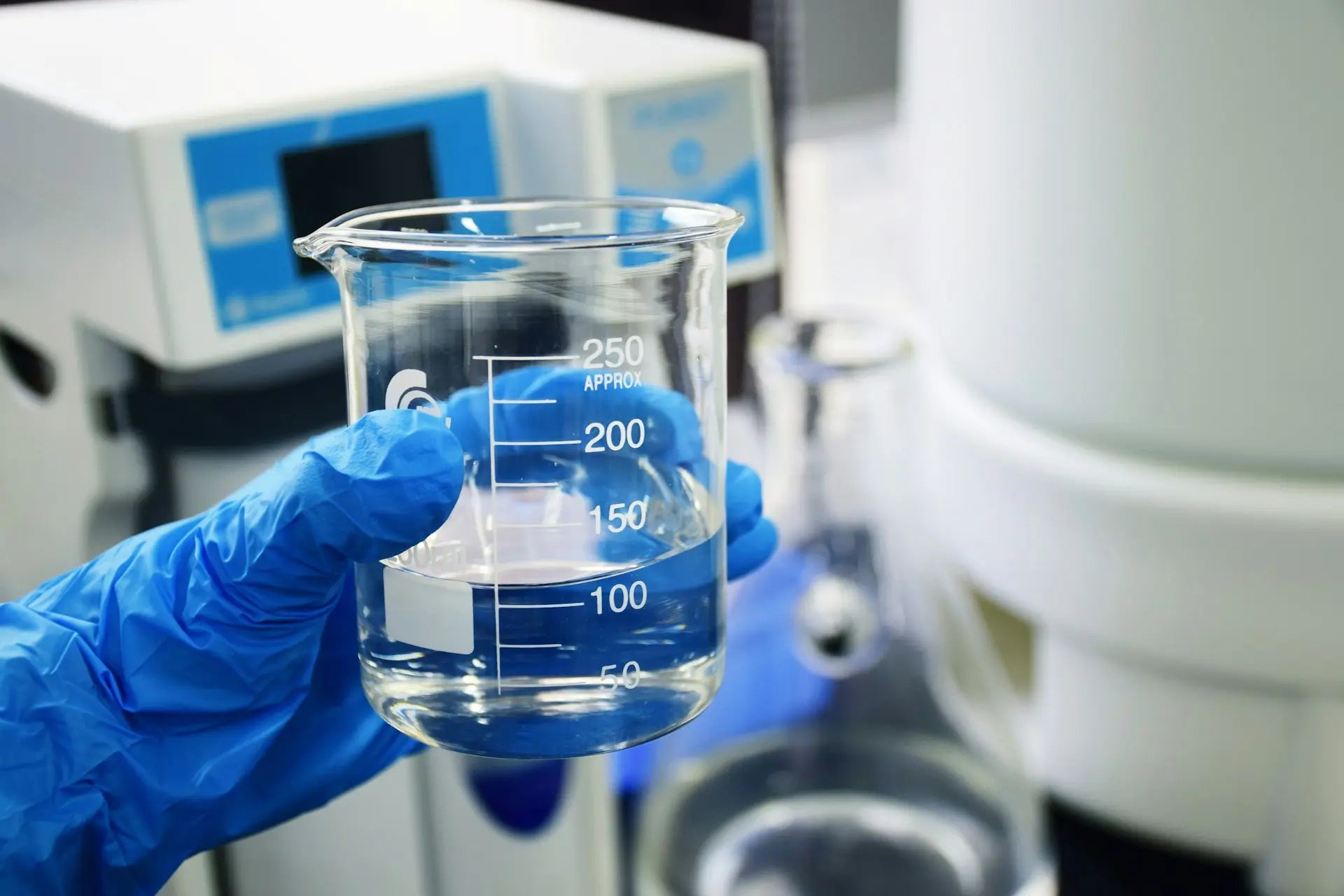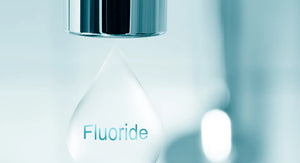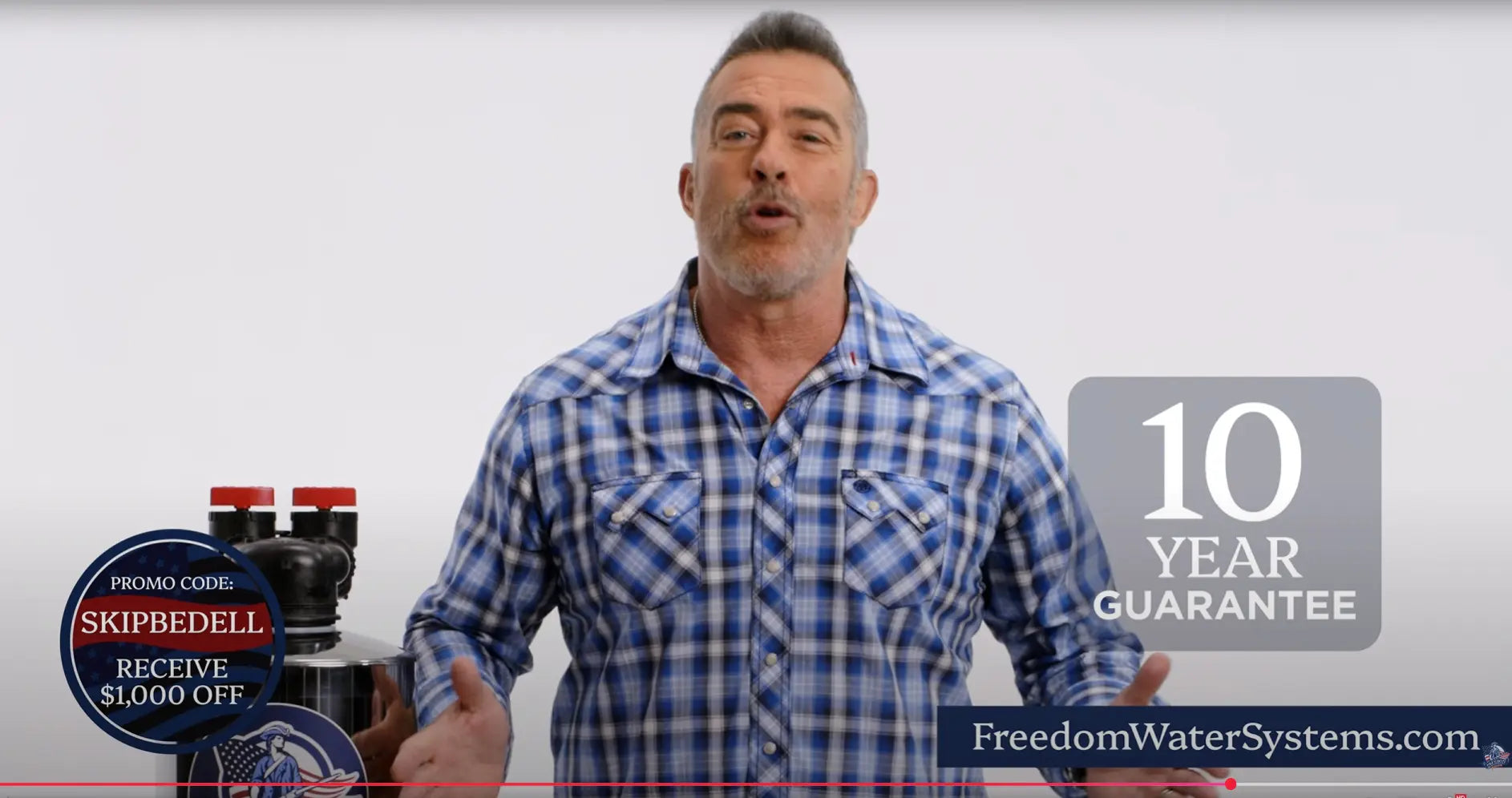Most Americans trust their tap water to be safe, but new findings show a hidden risk in nearly 90 percent of U.S. drinking water. While chlorine and other disinfectants keep water free from deadly pathogens, these chemicals can react during treatment and form harmful byproducts. These substances—often unregulated and understudied—are raising health concerns and sparking conversations about better ways to protect families at home.
What are disinfection byproducts?
Disinfection byproducts (DBPs) form when chlorine, chloramine, or other disinfectants react with organic matter in water. Utilities use these chemicals because they continue killing germs as water travels through miles of pipes. The problem is that hundreds of chemical byproducts can form along the way, and only a handful are regulated by the Environmental Protection Agency (EPA).
Researchers have linked DBPs to higher risks of bladder and colorectal cancer, as well as miscarriages and birth defects. Some studies suggest that DBPs may be present at 100 to 1,000 times higher levels than other contaminants typically found in tap water.
Where does the risk come from?
Large cities usually pull water from rivers, lakes, or reservoirs, which need significant chemical treatment. Smaller towns often rely on groundwater, which typically requires less processing. Recycled water, such as treated wastewater or stormwater—requires the most treatment, creating conditions where more byproducts can form.
EPA rules currently limit four groups of DBPs: trihalomethanes, haloacetic acids, chlorite, and bromate. But experts believe there are hundreds of unregulated byproducts in U.S. water systems that may pose health risks we don’t yet fully understand.
Health concerns you should know
- Cancer links: Studies suggest trihalomethanes increase the risk of bladder cancer by up to 33 percent, even at levels below current EPA limits.
- Pregnancy risks: Some unregulated byproducts, like nitrosamines, have been linked to low birth weight and preterm delivery.
- DNA damage: Lab studies show that more than 100 disinfection byproducts are toxic to living cells and DNA.
How to reduce exposure at home
While you can’t control what happens at the treatment plant, you can reduce exposure once water reaches your tap:
- Install a comprehensive water filter for home use that use High-Activity Catalytic Carbon, most systems out there use coconut shell GAC, but the High-Activity Catalytic Carbon will be better suited to capture the Disinfectant Byproducts (DBPs). A reverse osmosis system can work effectively at removing the aforementioned DBPs as well.
- Choose certified products: Look for filters are tested to NSF standards and/or use NSF certified medias.
- Use pitcher filters: Even basic pitcher filters can reduce levels of chlorine byproducts and improve taste.
- Simple steps: Storing water in the fridge or boiling it before drinking can reduce certain byproducts by up to 90 percent, but there are 1000's of additional potential contaminants that will require adequate filtration treatment.
Freedom Water Systems: Proven Solutions
Our whole-home and reverse osmosis systems are built for families who want confidence in their water quality. By targeting chlorine byproducts, fluoride, PFAS, heavy metals, and other contaminants, our systems provide reliable performance and long-lasting protection for your entire home. Whether you need to remove chlorine from water or reduce complex DBPs, we have a solution that fits your needs.
Frequently Asked Questions
What are disinfection byproducts?
They are chemicals that form when disinfectants like chlorine react with natural materials in water. Hundreds exist, but only a few are regulated.
Are disinfection byproducts harmful?
Studies link some DBPs to cancer, miscarriage, and birth defects. While more research is needed, evidence suggests certain DBPs pose health risks even at low levels.
How can I remove DBPs from my water?
A reverse osmosis system for drinking water and activated carbon filters are proven to reduce DBPs. Choosing certified products helps make sure they work effectively.
Can simple methods help?
Yes. Storing water in the refrigerator or boiling it before use can reduce some byproducts significantly, though filtration provides the most reliable protection.
Sources: U.S. EPA (2024 Disinfection Report), Environmental Working Group, Environmental Health Perspectives (2024), Journal of Hazardous Materials (2024).







